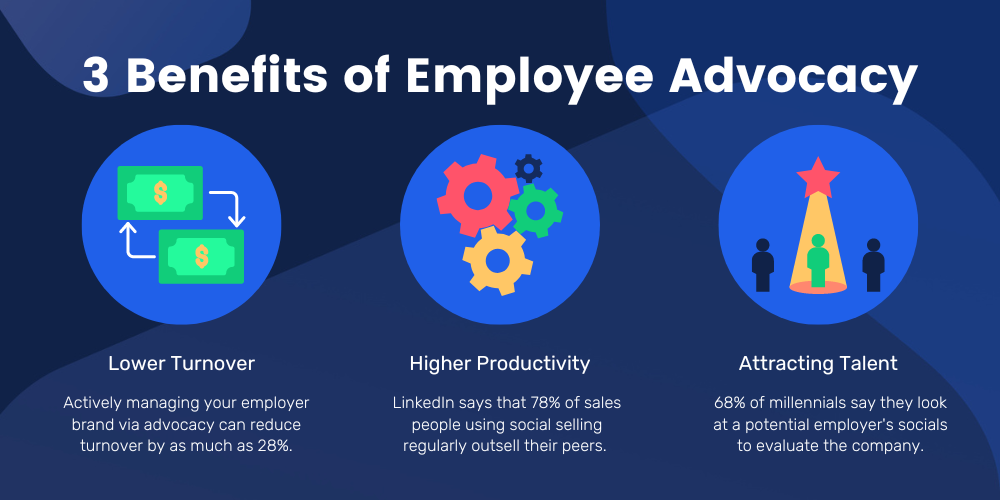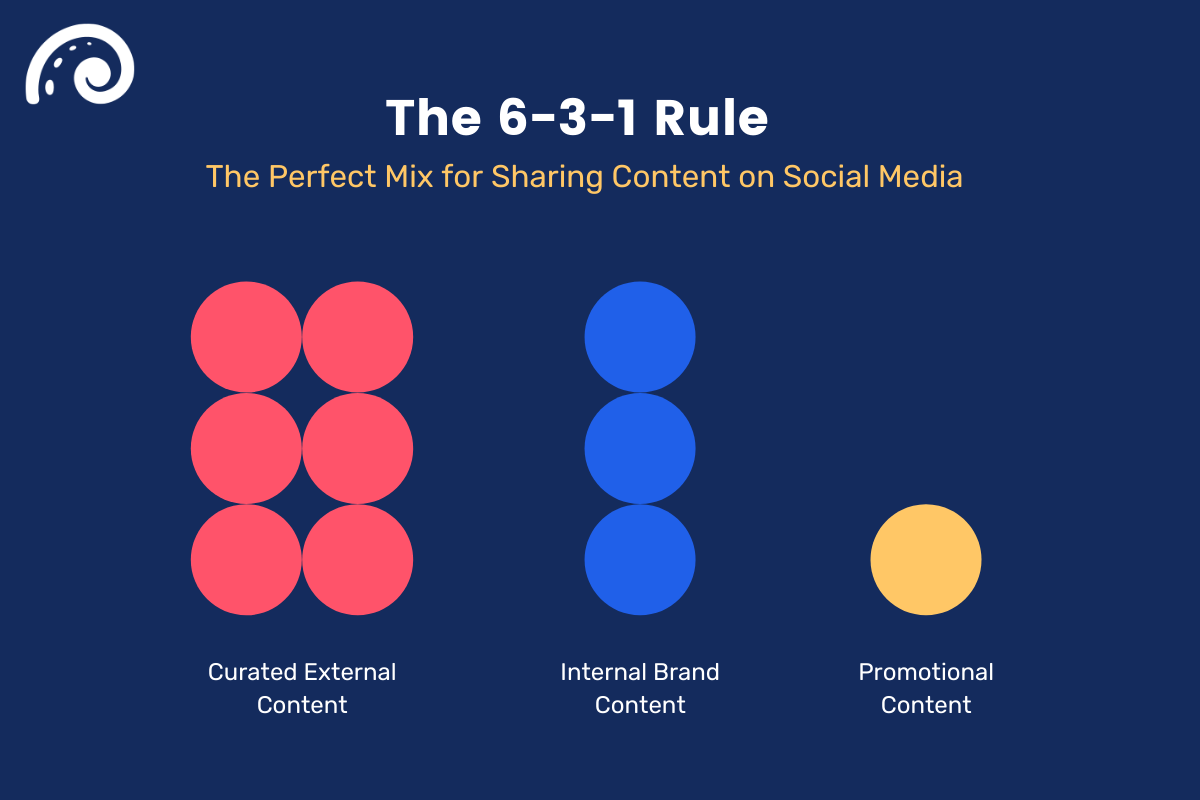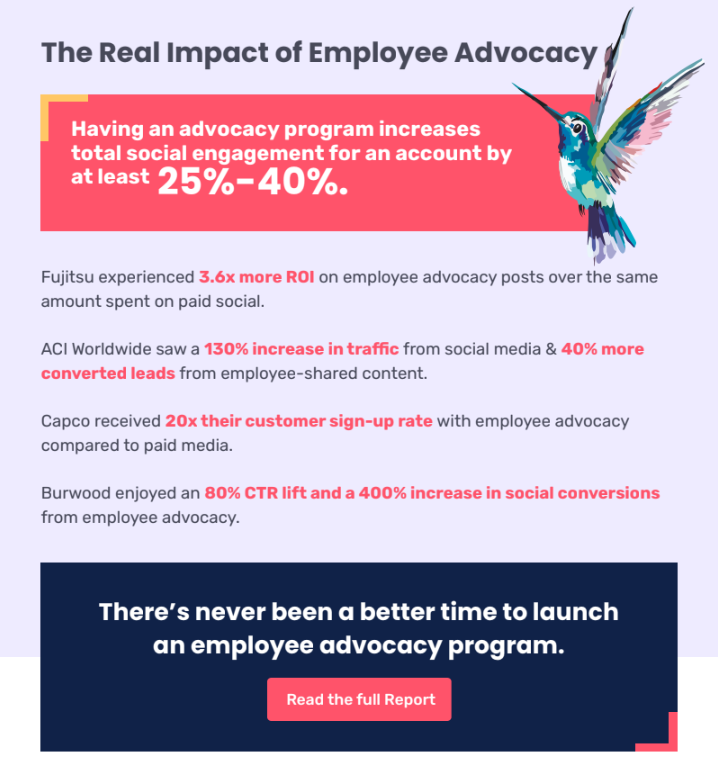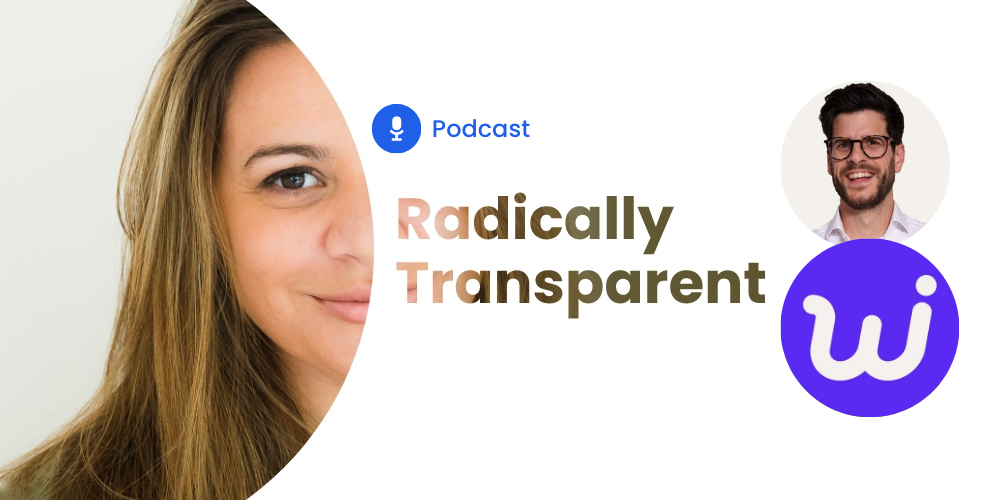How to improve employee engagement on social media

Table of contents
Employee engagement is a measure of how satisfied and motivated your employees are with their responsibilities, compensation, benefits, and overall work experience. While companies have started focusing on this in recent years, just 36% of US employees are currently engaged.
Improving employee engagement can increase productivity and make it easier to attract high-quality candidates to vacant positions. In this article, we’ll explain why employee engagement is important and help you maximize engagement through your social media strategies.
3 Benefits of employee engagement
Companies often neglect employee engagement because it isn’t easy to see with conventional reporting metrics. However, getting your team members more engaged will lead to a number of crucial benefits for your business.

1. Lower turnover
Turnover is a major cost for many businesses. Even just a small reduction in turnover rate could end up saving you a lot of money. In fact, companies managing their employer brand via employee advocacy can reduce turnover by as much as 28%.
Consider that replacing an individual employee typically costs one-half to two times their annual salary. Organizations with higher engagement rates deal with less turnover because their employees don’t feel the same need to look for a new job.
2. Higher productivity
Conversely, you can expect your team to be more productive when they feel happy at work. Disengaged employees tend to require more micromanagement, and they also have more trouble collaborating with the rest of the team.
When people feel that their contributions are valued, they’re generally more proactive when looking for ways to help the organization. Friction between management and employees will only lead to lower productivity and a less positive workplace culture.
3. Attracting talent
If your existing employees are feeling good, you’ll notice that it’s much easier to convince candidates to join the organization. For example, engaged employees will leave positive feedback on platforms like Glassdoor that tell the public about what it’s like to work for your brand.
Businesses with lower engagement rates have to pay more in compensation and benefits just to attract the same people. It’s more efficient to simply listen to your employees and cultivate an environment that employees are happy to work in.
3 Strategies for boosting social employee engagement
Employee advocacy is a great way to increase engagement while also generating better relationships with clients and other contacts. The right tactics vary from one business to another, but you can start with some basics to start moving in the right direction. These three strategies should work well in businesses of all sizes and in different types of company cultures.
1. Educating employees
First, employees need to know what you expect from them and how their actions can help the company achieve its goals. Our Employee Advocacy Toolkit is a great resource for any business that’s interested in starting a new employee advocacy program (or improving their existing program).
For example, your team members should have updated, professional, and complete profiles on popular channels like LinkedIn and Twitter. They should also understand how to build a personal brand that aligns with your company’s image. As we follow the 6-3-1 rule for social media, we recommend a balance of about 50% company content, 25% industry-related content, and 25% personal interest for employee advocacy.
The 6-3-1 rule is pretty simple:
- Share six curated external pieces of content that are relevant to your industry.
- Share three pieces of company-brand content.
- Share one promotional piece of content.
Why do we follow that rule? Simply put – feeds can turn into a flow of promotional content that never gets engaged with. By curating relevant, valuable content, there’s a real reason for your audience to follow your feed. Your social account becomes the go-to for your particular niche.

2. Getting the team to buy in
Employee engagement and advocacy both depend on getting the entire organization to move in the same direction. Everyone from junior-level employees to C-level executives needs to be on the same page when it comes to engagement and the sense of community within the organization.
One of the biggest challenges with employee advocacy is that many professionals aren’t aware of the benefits an effective advocacy program can offer. In fact, employee advocacy programs increase social media engagement by a minimum of 25% to 40% — enough to make a dramatic impact for any organization.
3. Offering incentives
Of course, you’ll have an easier time generating buy-in for employee advocacy if your team can see the results on a personal level. They won’t feel as motivated to participate if all the benefits go to the company itself, without any rewards flowing to the employees who spend time creating content and engaging on social media.
Naturally, different people are motivated by different rewards, and you need to keep that in mind when coming up with incentives for your employee advocacy program. Monetary benefits, company events, and conventional recognition, are just a few of the most common rewards used to compensate team members for time spent working on employee advocacy.
Recommended for further reading
Examples of companies leveraging employee engagement on social media
1. Everest Group
Everest Group is a major tech and research firm with a global reach. In collaboration with Oktopost, Everest Group leveraged data from its own experts to produce more compelling employee advocacy content. They also made a point to give team members the assets and resources they needed to create content that aligned with the ideal brand voice.
As a result, Everest Group has grown its network by an incredible 46% since it started working with Oktopost. Today, Everest Group has a digital reach of nearly 20 million unique users.

2. Corel
Corel is a software company known for popular products such as MindManager, Parallels, and WinZip. After growing a loyal community for more than 35 years, they decided to implement a more complete employee advocacy program in order to build an even stronger relationship with their audience.
With Oktopost, Corel can integrate employee advocacy content directly into Microsoft Teams for easy access in internal communications. Leveraging their existing practices made it easier to generate employee buy-in and streamline content creation throughout the entire organization.
While Corel’s branded social pages only have a reach of about 45,000, employee advocacy content now reaches more than 1 million leads on LinkedIn alone. This statistic illustrates the unparalleled value of employee advocacy for social outreach.
3. Capco
Some brands use employee advocacy for sales, but Capco was just as interested in using employee advocacy to facilitate recruiting. In the long run, a strong reputation as an employer can be just as valuable as any marketing campaign. Attracting the most skilled and qualified candidates is a great way to build a competitive advantage over time.
Capco took advantage of the Oktopost Leaderboard to give employees additional motivation. The leaderboard tool automatically tracks employee performance and posts metrics publicly so that team members can see how they compare to peers.
So far, Capco has seen dramatically better results from employee advocacy compared to conventional paid campaigns. While their paid ads convert site visitors at a rate of just 3.93%, employee advocacy content leads to an amazing conversion rate of 51.7%. It took time for Capco to start seeing those results, but employee advocacy turned out to be a worthwhile investment.
Final thoughts
Employee engagement and advocacy go hand in hand for your internal culture, sales relationships, and even recruiting. You won’t be able to get an advocacy program off the ground if your team is disengaged, so engagement has to come first before you can move to employee advocacy.
The benefits of employee advocacy can’t be ignored. By increasing employee engagement, you can reap the benefits for not only your company, but your employees as well!




